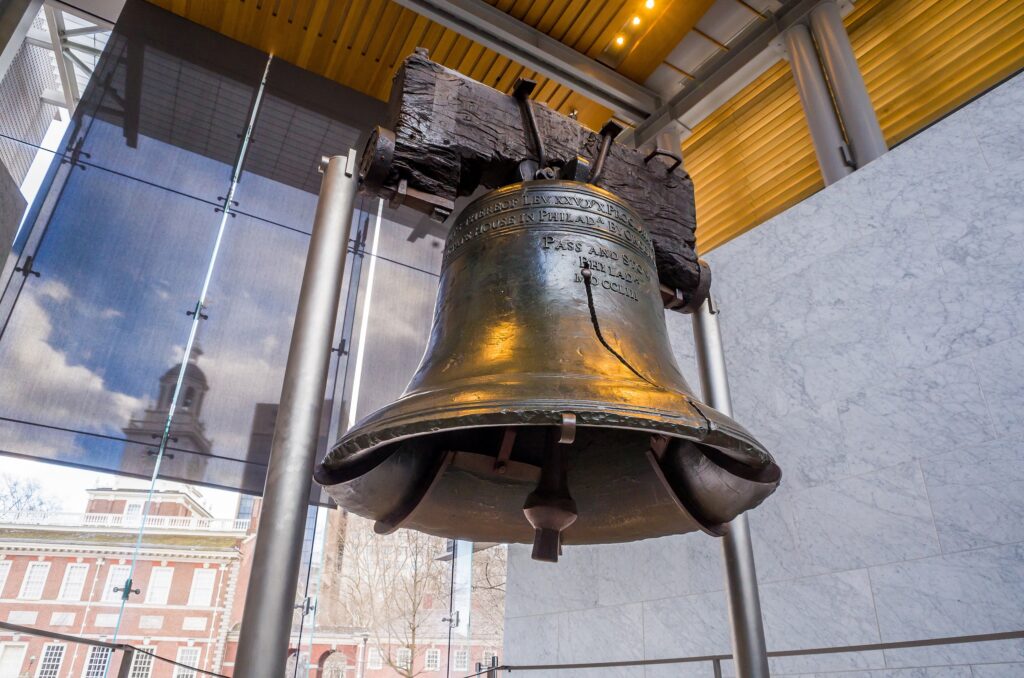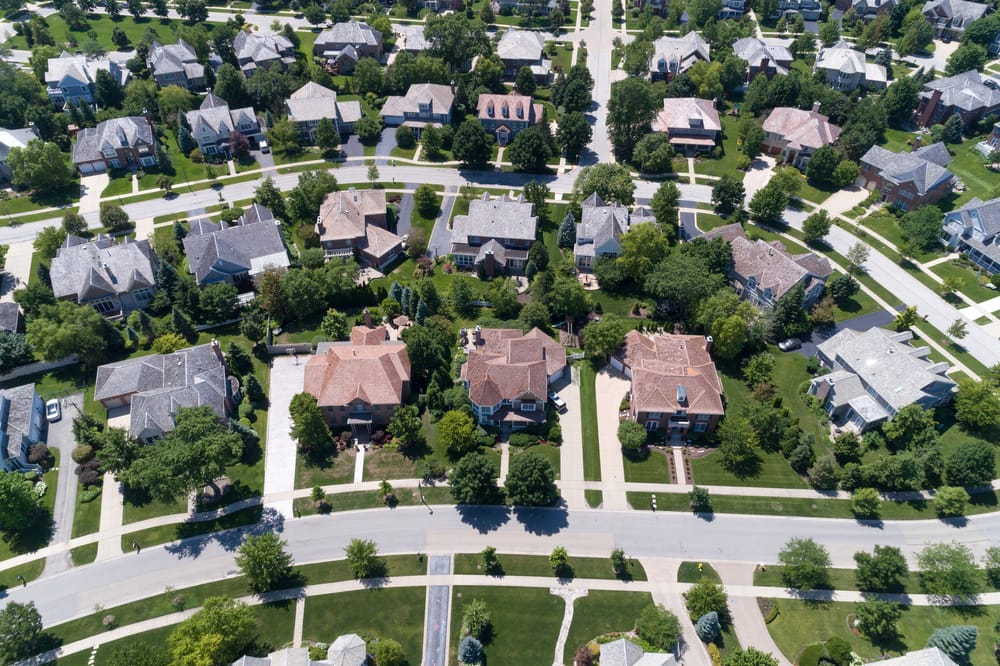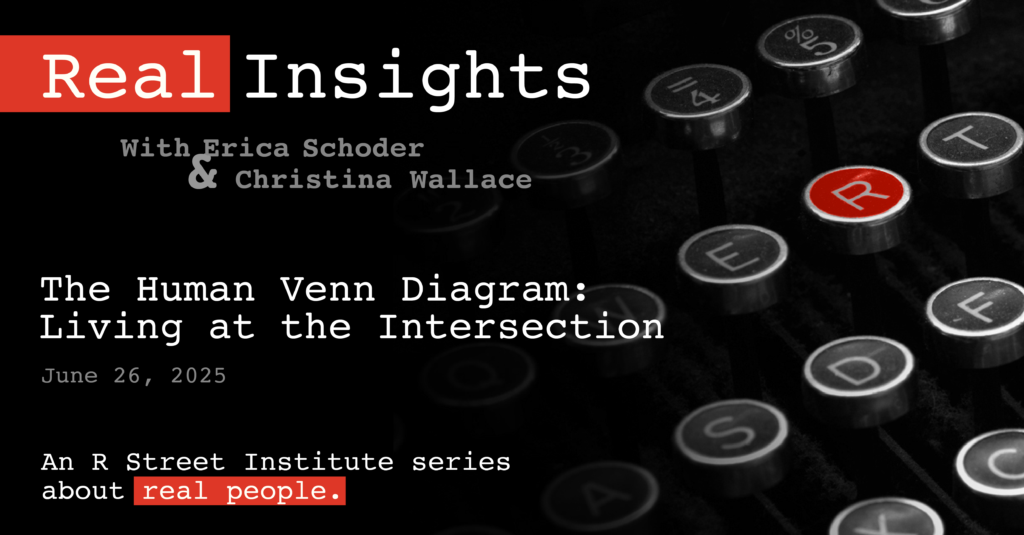Japan versus the United States in per-capita GDP
We often see and hear in the media about the “stagnation” of economic growth in Japan. Let’s look at the numbers and see how Japan has done compared to the United States in the 15 years of the 21st century so far.
If we measure by growth in real gross domestic product (GDP), without considering changes in population, Japan’s economic growth is far behind that of the United States. From 2000 to 2015, its real GDP grew an average of 0.72 percent per year, while U.S. real GDP grew an average of 1.77 percent.
In average growth rates, more than 1 percent per year is a big difference, indeed, as it compounds over time. Over 15 years, this annual growth rate difference would add up to U.S. GDP being 30 percent larger, compared to 11 percent larger for Japan, a difference of 19 percentage points.
However, economic well-being is not measured by aggregate GDP, but by GDP per capita. The question is how much production there is per person. In this case, measuring per-capita growth gives us a very different outcome.
In 2015, Japan’s population was essentially the same as it was in 2000, with an average annual growth rate of 0.01 percent. The corresponding annual growth rate of the U.S. population was 0.87 percent. So the U.S. added 39 million more people over the period to provide for.
Thus real GDP growth per capita in Japan was 0.71 percent per year. In the United States, it was 0.89 percent – a much more similar number. The growth rate advantage over Japan, measured per capita, is reduced to a modest 0.18 percent.
If 0.71 percent growth is “stagnant,” what is 0.89 percent?








